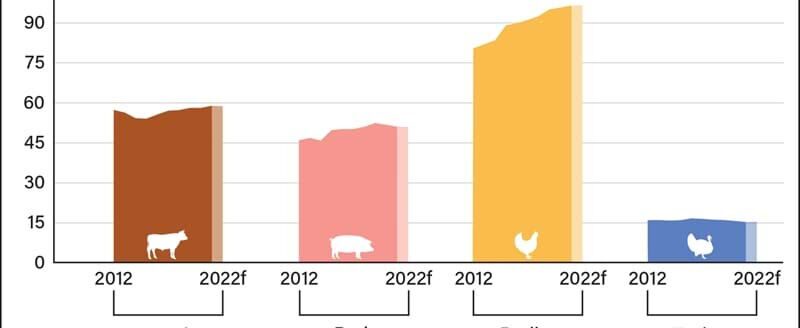Bobcat founders enter inventors’ hall of fame
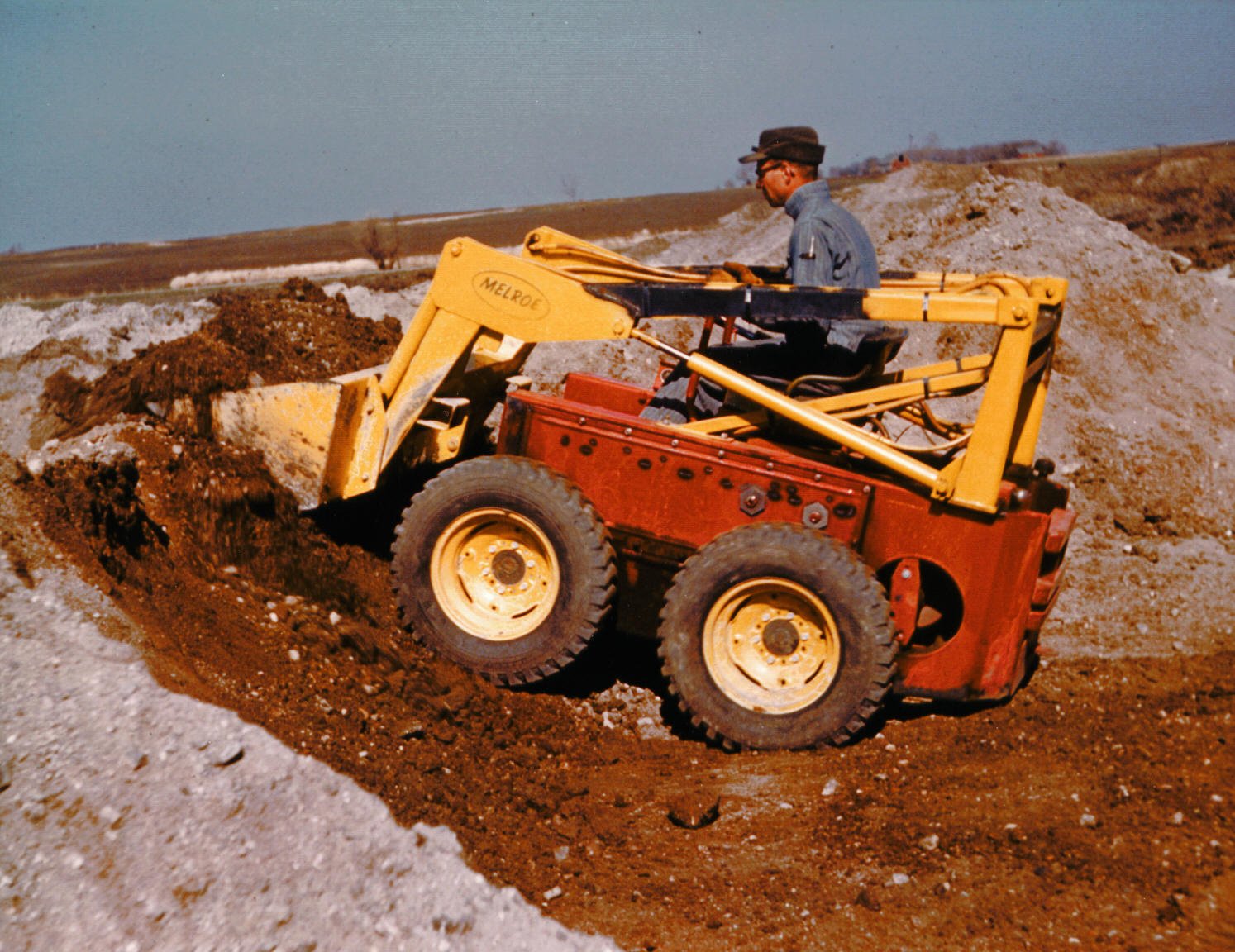
Many farmers and contractors are familiar with skid-steer loaders used for cleaning bush, clearing snow, hauling rock, and drilling postholes.
If you have ever watched a house or barn built, the builders likely had a skid-steer loader around.
The skid-steer’s roots lie with the ingenuity of brothers Cyril and Louis Keller who are recognized as inventors of the world’s first compact loader and helped launch the industry in the late 1950s and early 1960s.
Their work is so valued they were recently inducted posthumously into the National Inventors Hall of Fame in Washington, D.C.
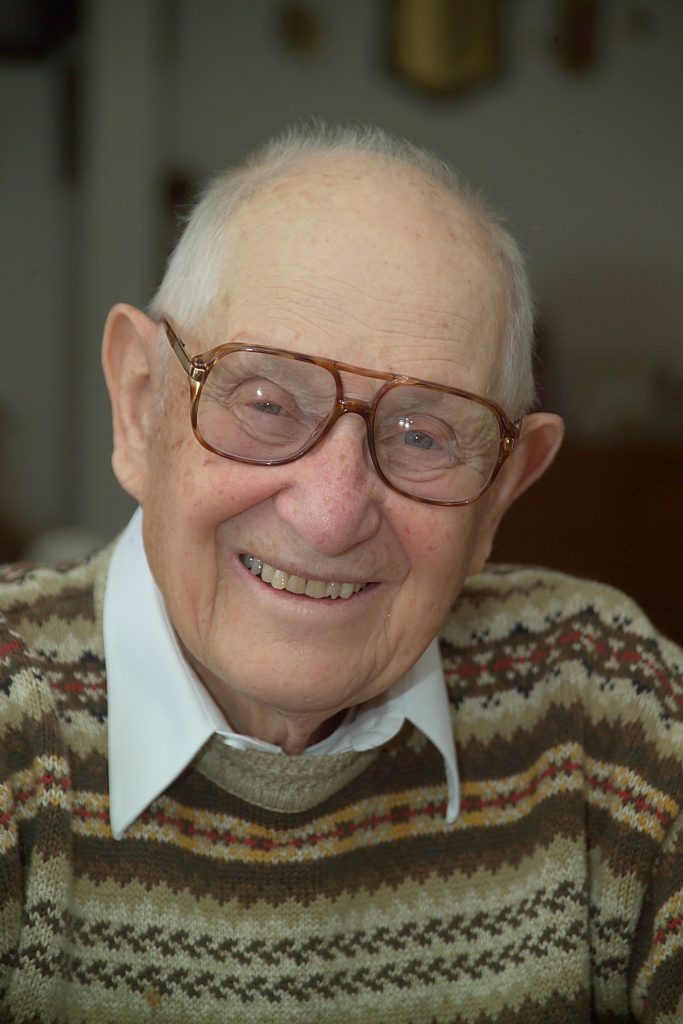
At a practical level they were so far ahead of their time that farmers and contractors commonly referred to skid-steer loaders—regardless of brands—as Bobcat loaders.
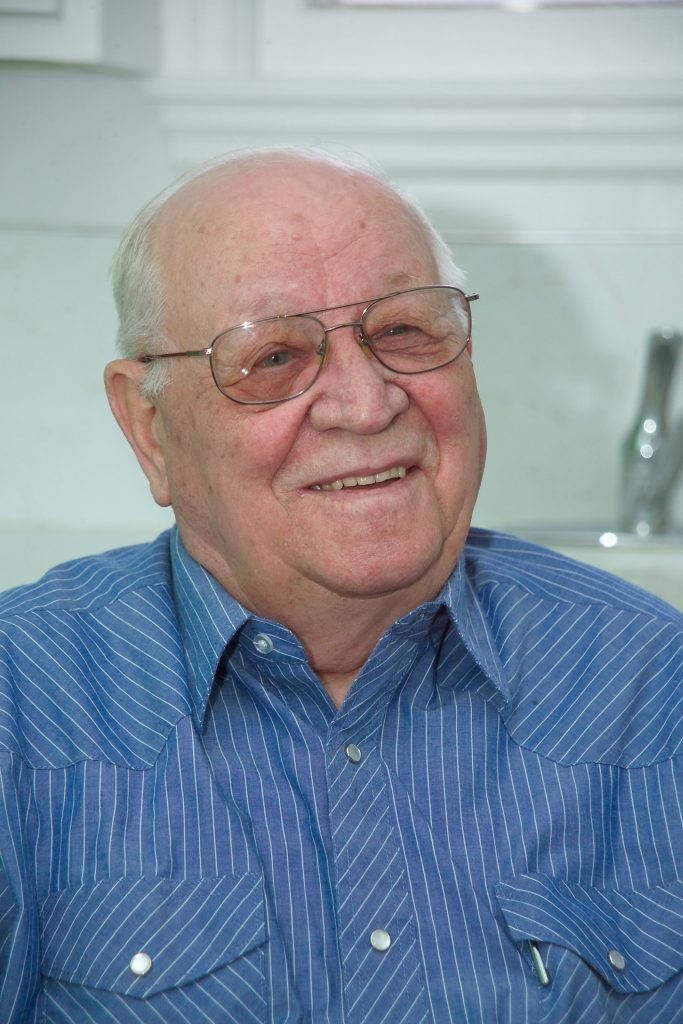
According to the National Inventors Hall of Fame, their work was labeled as United States Patent No. 3,153,503. Louis started Keller Welding in Rothsay, Minnesota, and Cyril joined the growing business in 1953.
The Bobcat story began in 1956 when a local farmer needed a machine that could clear his turkey barn of manure and be light enough to operate on the second floor. The brothers understood that one of the disadvantages of early motorized loaders, which used steering wheels and gearshifts, was that with all the wheels turning in the same direction, operating them in small spaces was nearly impossible because they required a wide area for turning around.
In six weeks, the Kellers created the first small, lightweight, three-wheel front end loader using mechanical parts from local junkyards, and scrap iron from the old Rothsay jail was used for the manure fork teeth. In the ensuing years the Kellers continued to fine tune the skid-steer loader.
In 1960, a four-wheel, skid-steer design where the wheels skid for direction control was introduced as the M400. However, it bore equal weight on the front and back wheels, so it was hard to steer. In 1962, the M440 was introduced and dubbed the “Bobcat.”
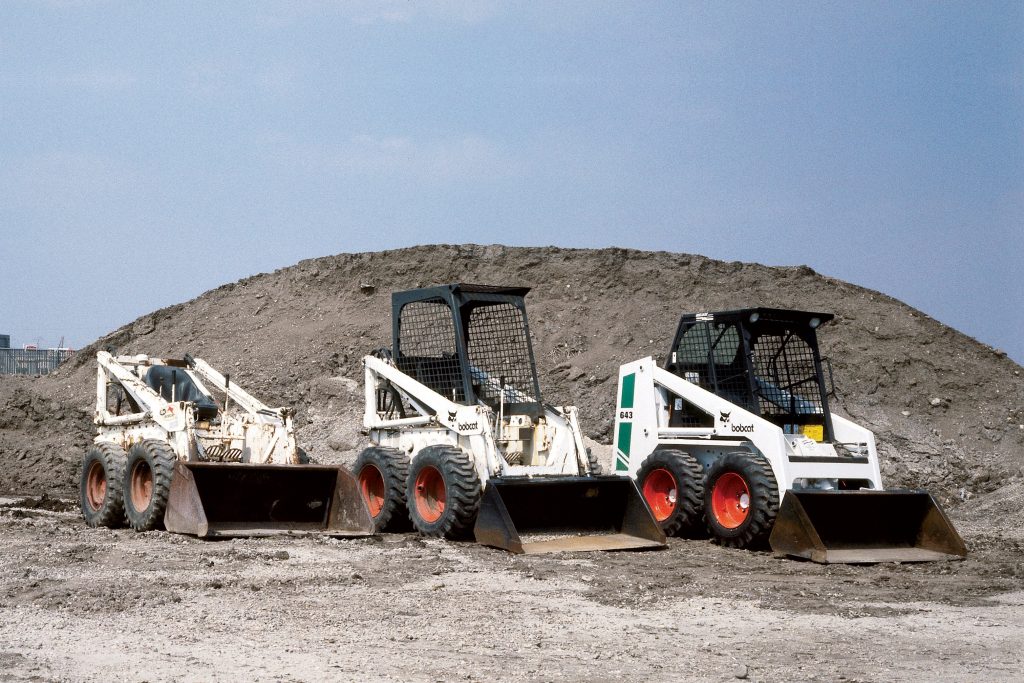
Seventy percent of its weight was in the rear when the bucket was empty, and an equal amount was in the front when the bucket was full, which increased its skid-steer maneuverability.
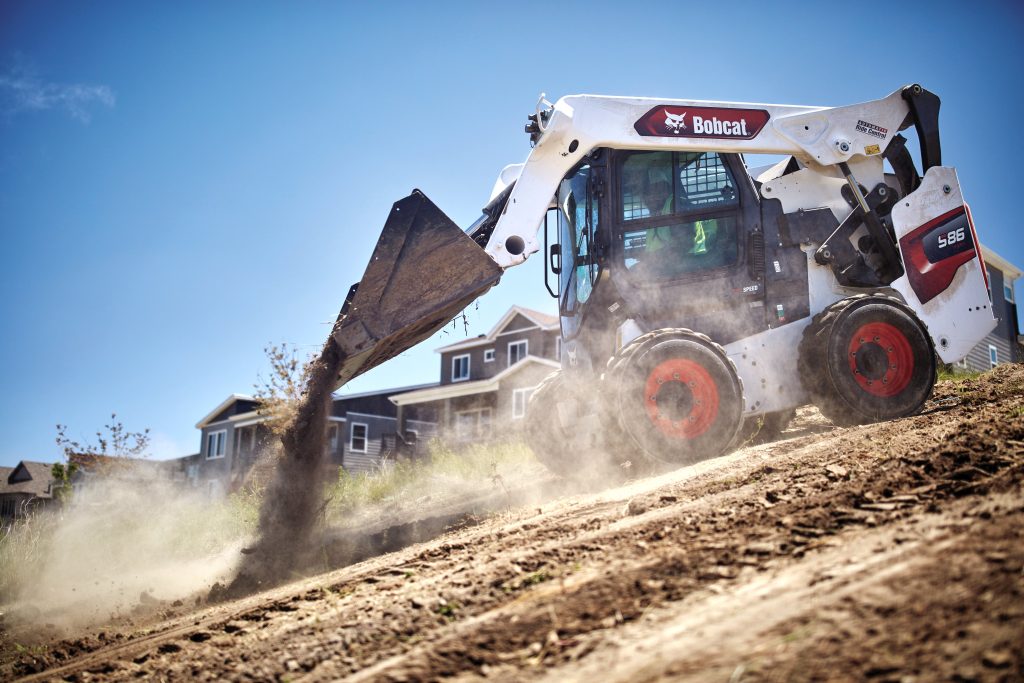
Cyril set up dealerships throughout the U.S. and Europe and he later ran a school training new dealers in operating the Bobcat.
Since then more than 1 million Bobcat skid-steer loaders have been built and sold worldwide. In 2007, South Korea’s Doosan Group purchased Bobcat from Ingersoll-Rand for $4.9 billion. The Kellers first worked with Melroe Manufacturing Co., on a contract basis and in 1969 Clark Equipment Co., purchased Melroe’s agricultural products business. Ingersoll-Rand took over Clark in 1995.
Both Kellers were World War II veterans. Cyril, who was in the Navy, died Oct. 28, 2020. Louis, an Army veteran, died July 11, 2010.
For more information, visit the National Inventors Hall of Fame at www.invent.org. For more information on Bobcat visit www.bobcat.com.
Dave Bergmeier can be reached at 620-227-1822 or [email protected].


